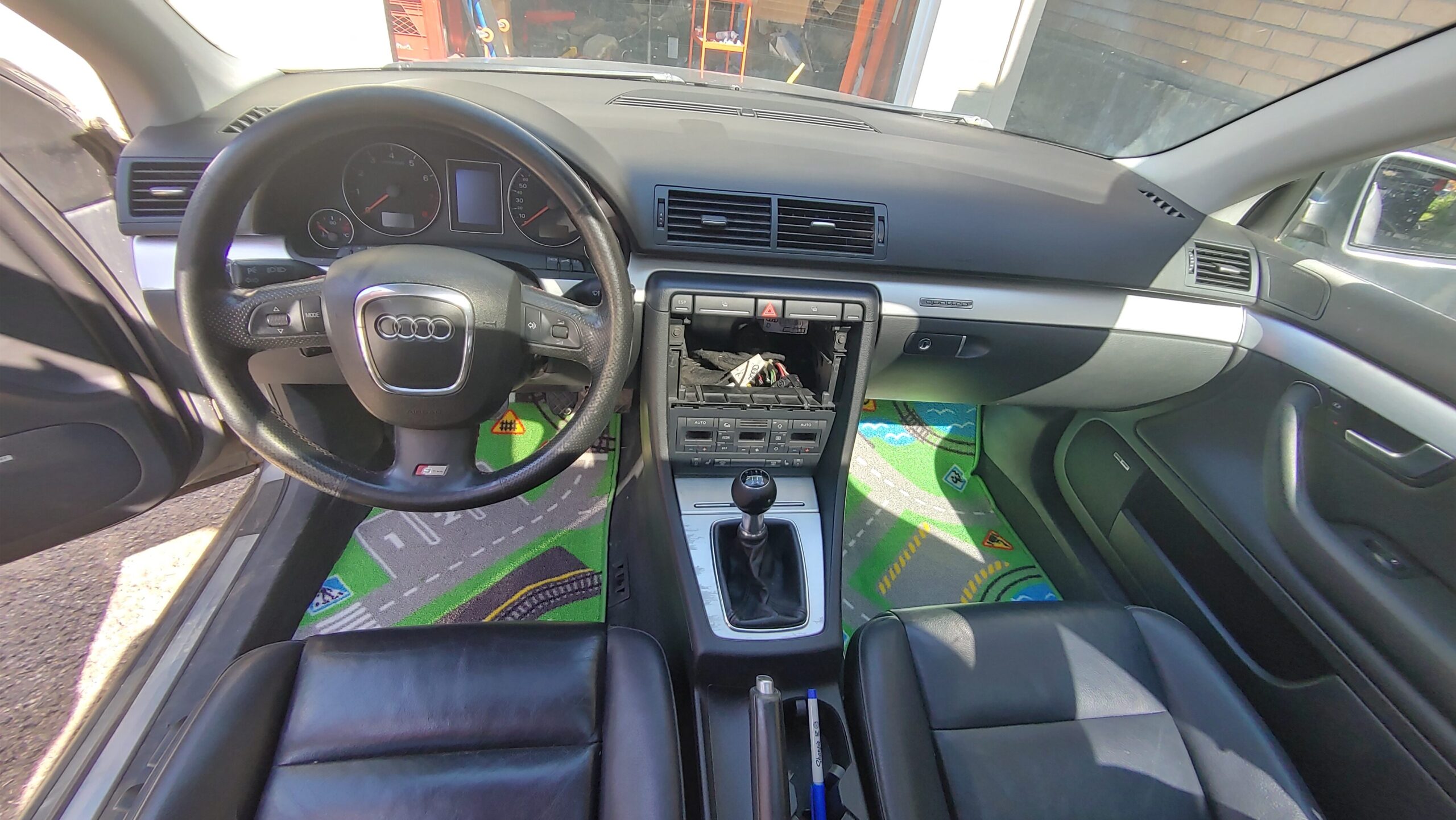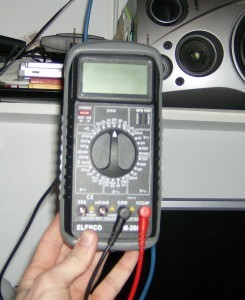diy
Replacing the factory Audi Bose stereo with an AUX input or stereo
Missing the factory stereo in your Audi with Bose? Trying to make an aftermarket radio work with the harness? Here is a deep dive into the audio signals of Audi’s Bose sound system.
At the beginning of this year, I acquired a 2007 Audi A4 Quattro 2.0T (B7 body-type). This car was a project that took over 6 months – and I hope to document the complete rebuild in another post!

Despite the fact it didn’t run, I was actually more upset that the stereo was missing. Knowing the factory units need to be coded to the car, and that it is hard to find a solid aftermarket harness for these Bose-amplified cars, I wasn’t sure how this would be resolved…
…until today! Read on to learn how to connect an AUX cable directly to the Bose amplifier – WITHOUT modifying any of the car’s wiring!
› Continue readingHomebrew Stereo Gainclone Amplifier
In 2012, one of my posts were featured on Hackaday, a globally read and frequently updated aggregator of projects that modify, create, and otherwise hack. The traffic this garnered was enough to throw a couple 500 Server errors, but it also resulted in getting the attention of someone at Farnell/Newark.
I was contacted through the comments by a member of the Farnell team, who spent quite some time on my site and was “loving the content”. After further communications, he asked if I would be interested in reviewing products for them. Of course I said yes!
The question was, what would I review? After looking through some of their enormous catalog, I realized I’d rather create something out of the components I reviewed, and discovered the LM3886, a relatively inexpensive 68-watt audio amplifier. This is where the adventure began!
Final Project – Walkthrough
After two semesters, I can finally present my complete, ~fully functional, Final Project.
A good project is never finished, and I do indeed have other features and fixes I would like to implement in the future.
Check out the video below to see it in action!
How To: Fix 1997 Honda Accord DRL Relay
A common problem with the Daytime Running Light (DRL) module in many 90’s Honda vehicles is cold solder joints at the relays in the control module. These develop over time, and cause sometimes intermittent issues with running lights. I encountered this problem, which would usually present itself on mornings with lots of dew, and would fix itself sometime during my commute to work. Rather than pay a mechanic to repair or replace the module, you can do it yourself with some basic tools.
A Google search will reveal many forums and sites with instructions to fix this problem: here are the two links which I consulted prior to performing these repairs.
http://www.nyx.net/~smanley/hondadrlfix/index.html
http://www.hondaaccordforum.com/forum/general-tech-help-7/drl-fix-3719/
Video blog – Cana-kit Clapper
Last night, I built one of the two kits I received for Christmas!
DIY: UPS
March break has found me a project! Here is a little background. My friend’s dad gave me an old Uninterruptable Power Supply (UPS) he had at home, but that the battery was no good. I have plenty of batteries, so this was a non-issue. The UPS was a godsend because that same day I had gone shopping for one, but not found one suitable for the server.

When I took this used UPS home, and hooked up all the batteries in my arsenal, I discovered that it was too weak to power the server for more than 2 seconds. Bummer. Even for power flickers that was not suitable, as there is a 5 second delay after the power returns before it switches back to mains power. What to do, what to do…
Oh, I know. Make my own!
Update: My testing proceedures blocked me from finding one critical fault with the design. As you will notice, I am using a resistor in order to short the capacitor from the AC-DC adapter, in order to more quickly de-energize the relays. Unfortunately, it still isn’t fast enough. My testing involved simply unplugging the adapter, and checking for any flickering in the devices. However, this testing does not remove mains power. Thus, the slight lag time for switch over does not affect the device, as it is has power on both relay positions. However, in a real situation, the power fails, both on input power and the adapter, and I’ve tested that my switch over time in this case is too great for most devices.
Fix to come…
DIY Multimeter: Complete!
As mentioned in a previous posting, for Christmas, I received an Assemble-it-yourself Digital Multimeter Kit. Awesome. So, for the last week or two I’ve been building it, section at a time, till tonight, where I found myself in need of doing a calming activity. What is more calming then sitting down and soldering for 2 hours, while listening to Paramore’s discography using my DIY FM Transmitter to broadcast to my DIY AM/FM Radio?
Anyway… This is what it looks like, finished:
Sorry about the Mr. Blurrycam shot. Darn flash. I’ll have a clearer shot after the break, along with more details on the functions.

